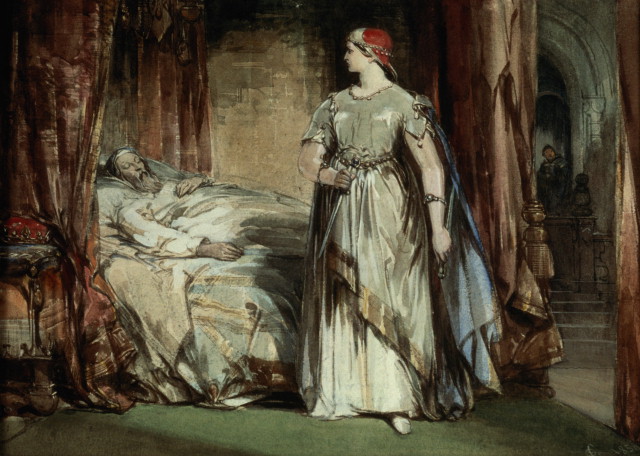Key Takeaways
- Irony is a literary device, while satire is a literary genre.
- Irony refers to a contradiction between expectation and reality, while satire is a form of criticism that uses wit and humor.
- Irony can be used as a technique in satire, but satire also employs other techniques like exaggeration and ridicule.
Irony and satire are two overlapping literary concepts with a key difference between them. Satire is a form of criticism that utilizes wit and humor, whereas irony is a technique involving a discrepancy between what is expected and what appears. One main distinction between irony and satire is that irony is a literary device, while satire is a literary genre. This article will explore the differences between the two concepts while providing a broader understanding.
What is Irony?
Irony is a literary device where a contradiction occurs between expectation and reality, or between what is said and what is thought or understood. It is widely used in literature and comes in many varieties that can be employed in different situations to create various effects. These include verbal irony, dramatic irony, situational irony, cosmic irony, historical irony, and tragic irony.
For example, in Macbeth, King Duncan praises Macbeth for his valor and loyalty while Macbeth is planning to murder him. This is an instance of dramatic irony, where the characters on stage are unaware of the truth, but the audience is.
What is Satire?
Satire is a specific genre of literature that encompasses various forms of art, such as plays and novels. It involves the use of wit and humor to criticize situations, conditions, or people. The common targets of satire include individuals, society, governments, and human qualities. By emphasizing flaws, the writer aims to create awareness or promote change in a particular context, making satire a form of constructive criticism. This is why satire can now be seen in television programs such as movies and TV shows.
To create satire, writers use techniques like exaggeration, ridicule, and irony. There are several types of satire, including Horatian, Juvenalian, and Menippean. Not all forms of satire are humorous, though some do generate humor. Examples of satire in literature include Jonathan Swift’s A Modest Proposal, Alexander Pope’s The Rape of the Lock, Daniel Defoe’s The True-Born Englishman, Sinclair Lewis’s Main Street, and Charlie Chaplin’s The Great Dictator.
What is the difference between Irony and Satire?
Definitions of Irony and Satire:
Irony: Irony is a literary device that involves a contradiction between expectation and reality.
Satire: Satire is a form of criticism that employs wit and humor.
Characteristics of Irony and Satire:
Literature:
Irony: Irony is a literary device.
Satire: Satire is a literary genre.
Relationship:
Irony: Irony is a technique employed in satire.
Satire: Satire uses various techniques, including irony.
Types:
Irony: There are numerous types of irony, such as verbal irony, dramatic irony, situational irony, cosmic irony, historical irony, and tragic irony.
Satire: There are several types of satire, including Horatian, Juvenalian, and Menippean.
